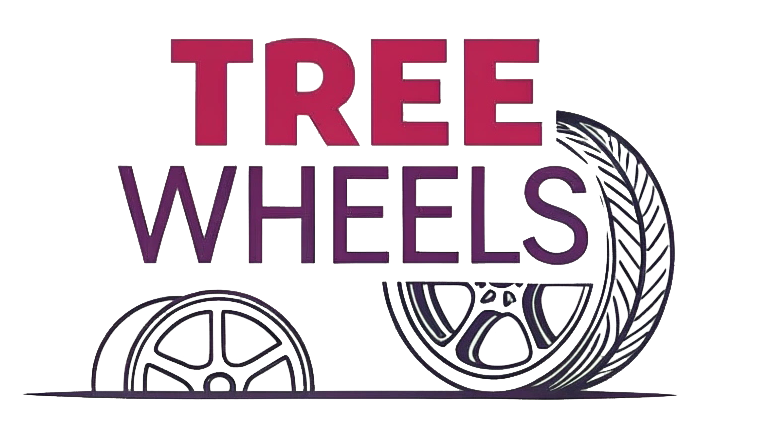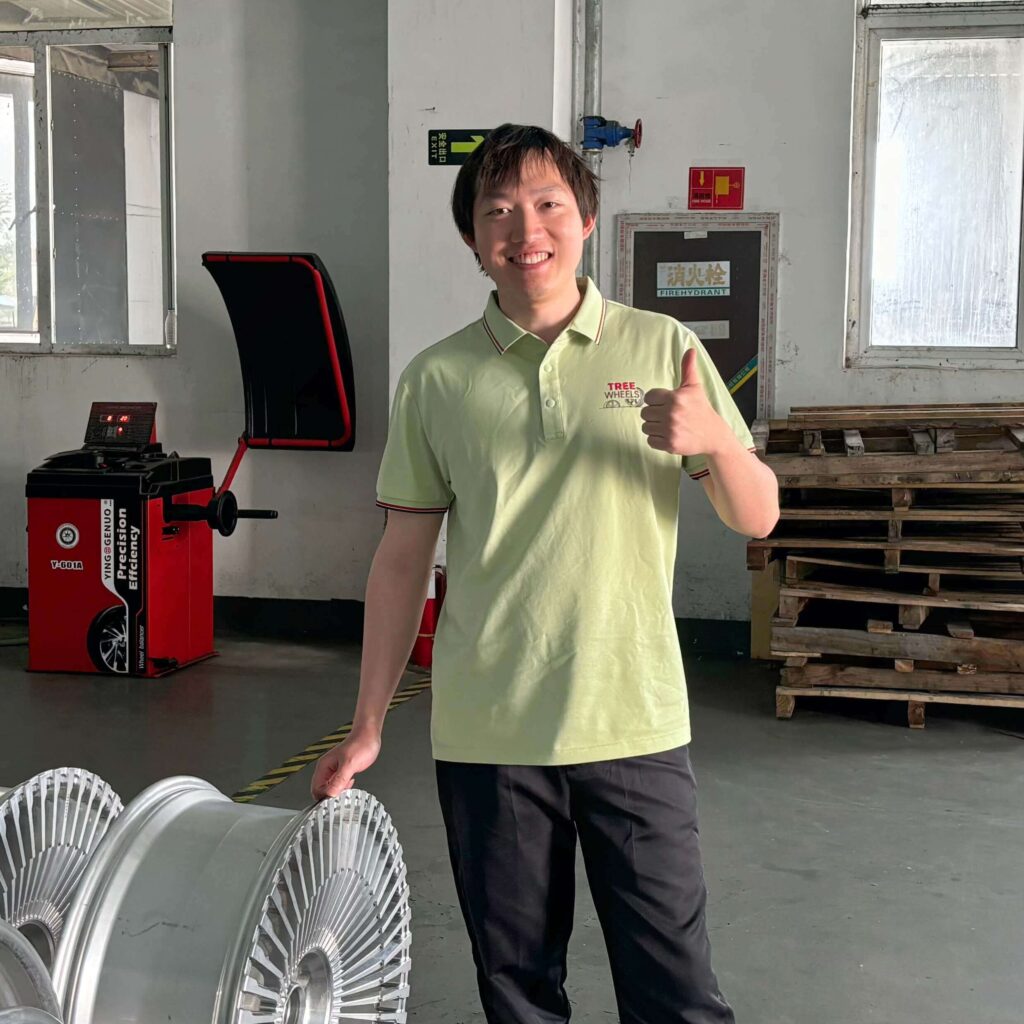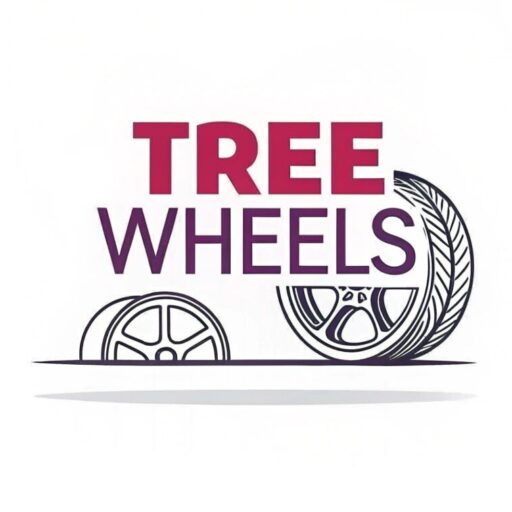Are you worried about investing in forged wheels only to discover quality issues later? Poor quality wheels not only impact performance but can pose serious safety risks and waste thousands of dollars.
To verify forged wheel quality before purchasing, examine manufacturing certifications, check material composition, inspect the finish for defects, verify weight consistency, and if possible, visit the manufacturer's facility to observe their production process firsthand.
 forged wheel quality inspection](https://treewheels.com/wp-content/uploads/2025/08/1-first-image-forged-wheel-quality-inspection-.png)
Quality matters when it comes to forged wheels. The right wheels enhance your vehicle's performance, safety, and appearance, while poor-quality ones can lead to dangerous situations on the road. Let me share what I've learned from years in the wheel manufacturing business about how to spot quality forged wheels before making your purchase.
How to Identify Genuine Forged Wheels?
Do you know that many wheels marketed as "forged" are actually lower-quality cast products with inflated prices? This deception costs buyers both money and safety.
Genuine forged wheels have distinct characteristics: they're lighter than cast wheels of similar size, show visible grain flow patterns when examined closely, have a distinctive bell-like ring when tapped, and typically feature precise machining marks on non-visible surfaces.

The forging process fundamentally transforms a wheel's structural integrity. Unlike cast wheels where molten metal is simply poured into a mold, forged wheels are created by applying extreme pressure to solid metal, typically aluminum alloy, aligning the grain structure and eliminating porosity. This results in a much stronger product.
| Comparison Factor | Forged Wheels | Cast Wheels |
|---|---|---|
| Weight | 20-25% lighter | Heavier |
| Strength | Higher tensile strength | Lower strength |
| Sound when tapped | Clear, bell-like tone | Dull, muted sound |
| Visual indicators | Visible machining marks, tool paths | Smoother backside, potential casting lines |
| Grain structure | Aligned, flowing grain pattern | Random grain direction |
| Porosity | Minimal to none | May contain air pockets |
| Price | Generally higher | More affordable |
When examining potential forged wheels, weight is one of your best indicators. A properly forged wheel can be up to 25% lighter than its cast equivalent. Additionally, look at the backside of the wheel for manufacturing clues. Forged wheels often have visible machining marks and tool paths, showing they were carved from a solid piece of metal rather than cast.
I also recommend the "tap test" - gently tap the wheel with a non-marring tool and listen. Forged wheels produce a clearer, more bell-like tone compared to the duller sound of cast wheels. If a manufacturer is hesitant to provide details about their forging process or facility, consider that a potential warning sign.
How to Check Used Rims Before Buying?
Are you considering pre-owned forged wheels to save money? Without proper inspection, those savings could quickly disappear with repair costs or even lead to dangerous driving conditions.
When checking used rims, inspect for cracks (especially around lug holes), examine for bends or warping using a straight edge, check for excessive curb rash that might compromise structural integrity, verify correct specifications match your vehicle, and test for true running on a wheel balancer.
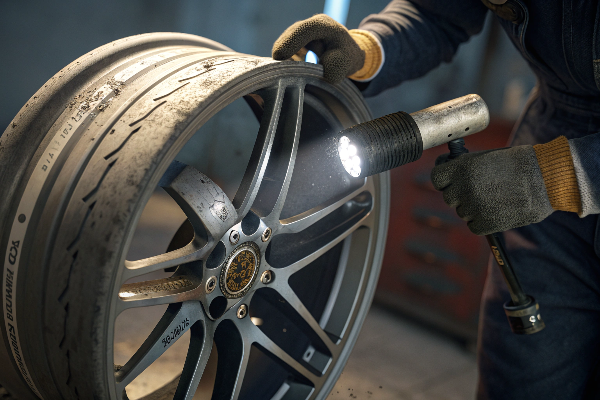
Used wheels require extra scrutiny since their history is often unknown. Begin with a thorough visual inspection under good lighting. Look for hairline cracks that often start at the lug holes and radiate outward - these indicate structural compromise and should immediately disqualify the wheel from consideration.
| Inspection Area | What to Check | Warning Signs |
|---|---|---|
| Lug holes | Cracks, elongation | Hairline cracks, stretched holes |
| Wheel surface | Flatness, even running | Wobbling when rolled on flat surface |
| Bead seat area | Damage, deformation | Nicks, dents that may prevent proper sealing |
| Outer lip/edge | Structural damage | Deep gouges (beyond cosmetic damage) |
| Cosmetic condition | Curb rash, scratches | Extensive damage that may hide structural issues |
| Specifications | Bolt pattern, offset, size | Incorrect specs for your vehicle |
| Leak testing | Air retention | Slow leaks indicating cracks or damage |
Next, place the wheel on a flat surface and roll it to check for wobbling. Any significant deviation indicates the wheel is bent, which can cause vibration, uneven tire wear, and potentially dangerous driving conditions. Also, examine the bead seat area (where the tire makes contact) carefully. Any damage here can prevent proper tire seating and lead to air leaks.
Cosmetic damage deserves attention too, but not all of it is problematic. Minor curb rash that only affects the finish is generally acceptable, but deep gouges that reach into the structural portion of the wheel should raise red flags. Used wheels should also be pressure tested for leaks - a service many wheel shops can provide for a nominal fee.
Remember to verify the wheel specifications match what your vehicle requires. This includes bolt pattern, center bore, offset, and load rating. Mismatched specifications can lead to fitment issues, compromised handling, and even component damage.
How to Check if Wheels Are Genuine?
Have you heard horror stories about counterfeit wheels that failed catastrophically during normal driving? Fake branded wheels are a growing problem that puts drivers at serious risk.
To verify wheel authenticity, check for proper manufacturer markings and serial numbers, confirm the weight matches manufacturer specifications, look for quality consistency in finish and machining, verify packaging includes correct documentation, and contact the manufacturer directly with serial numbers for verification.
 on wheels authentic wheel markings](https://treewheels.com/wp-content/uploads/2025/08/4-fourth-image-authentic-wheel-markings-close.png)
Counterfeit wheels have become increasingly sophisticated, sometimes making visual identification challenging. However, there are still reliable methods to distinguish genuine products. Legitimate manufacturers take pride in their work and typically include clear branding, model information, and unique serial numbers on their wheels. These markings are usually precisely applied and consistent across a set.
| Authentication Method | What to Look For | Red Flags |
|---|---|---|
| Manufacturer markings | Clear branding, serial numbers | Blurry logos, inconsistent text |
| Weight verification | Matches published specifications | Significant deviation from specified weight |
| Documentation | Warranty cards, certificates | Missing or poorly printed materials |
| Packaging | Brand-specific, protective materials | Generic packaging, inadequate protection |
| Security features | QR codes, holograms | Missing security elements |
| Serial number verification | Numbers match manufacturer database | Unregistered or duplicate numbers |
| Authorized dealer | Purchases from official channels | Suspiciously low pricing |
Weight comparison is another effective verification method. Most reputable manufacturers publish the exact weight specifications for their wheels. If you have access to a scale, weigh the wheels and compare them to official specifications. Counterfeits often use less material or inferior alloys to cut costs, resulting in weights that don't match published figures.
Documentation matters too. Genuine wheels typically come with warranty cards, certificates of authenticity, and proper packaging that includes model-specific information. Counterfeiters often skip these details or provide poorly produced versions.
Technology has given us additional verification tools. Many premium wheel manufacturers now incorporate QR codes or hidden security features that can be verified through their websites or apps. Some even offer online serial number verification systems where you can check if the numbers on your wheels match their production records.
I always advise my clients to purchase from authorized dealers only. The slight premium you might pay is worth the assurance of getting genuine products with proper warranty support.
How to Know if Rims Are Good Quality?
Do you sometimes wonder why some wheels cost significantly more than others that look similar? The difference often lies in quality factors that aren't immediately visible but drastically affect performance and longevity.
Good quality rims have consistent weight across a set (variations under 100g), perfect balance with minimal weights needed, proper certifications (JWL, VIA, TÜV, DOT), precision-machined surfaces with even finishing, and undergo both radial/lateral runout and dynamic balance testing before shipping.
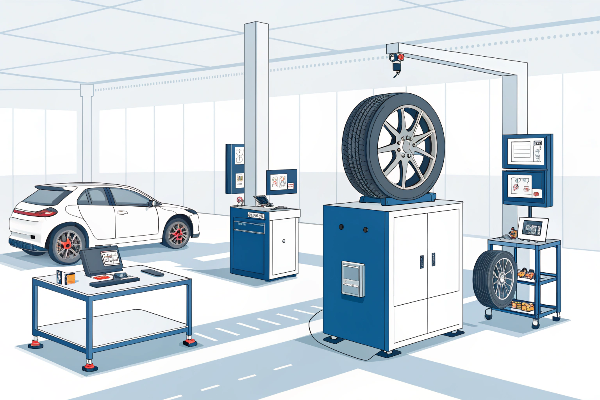
Quality assessment goes beyond visual inspection and requires understanding the manufacturing processes behind wheel production. In our factory, we implement strict quality control procedures that reveal the hallmarks of superior wheels.
| Quality Indicator | Industry Standard | Premium Standard |
|---|---|---|
| Weight variation within set | < 200g | < 100g |
| Radial runout | < 0.035" | < 0.025" |
| Lateral runout | < 0.035" | < 0.025" |
| Balance requirements | < 2oz of weights | < 1oz of weights |
| Key certifications | JWL or equivalent | Multiple: JWL, VIA, TÜV, DOT |
| Production processes | Some outsourced | Mostly in-house |
| Finish consistency | Acceptable variation | Minimal variation |
| Testing documentation | Basic | Comprehensive, wheel-specific |
First, I recommend checking if the manufacturer conducts radial and lateral runout testing. Radial runout measures the wheel's deviation from a perfect circle as it rotates, while lateral runout measures side-to-side wobble. Quality wheels should have minimal runout - typically less than 0.030" for both measurements. Many manufacturers display these test results on their packaging or certification documents.
Dynamic balancing is equally important. Quality wheels require minimal balancing weights to achieve proper balance. When I visit factories, I specifically look for balancing equipment on the production floor - its presence indicates the manufacturer is taking this critical step before shipping.
Certifications tell much about a wheel's quality and safety. Look for industry standards like JWL (Japan Light Alloy Wheel), VIA (Vehicle Inspection Association), TÜV (German Technical Inspection Association), and DOT (Department of Transportation) markings. These certifications mean the wheels have passed rigorous testing for load capacity, impact resistance, and fatigue strength.
The manufacturing environment itself can reveal much about quality. In our facility, all production processes except two are handled in-house: the initial forging blanks, which we source from specialized large factories, and electroplating, which requires specialized facilities typically located in remote areas. When visiting a wheel manufacturer, be cautious if you only see CNC machines, painting areas, and basic inspection stations, as this suggests many critical processes are outsourced, potentially compromising quality control.
Weight consistency across a set is another quality indicator. Premium manufacturers maintain tight tolerances - ideally less than 100 grams difference between wheels in the same set. This consistency ensures balanced performance and minimizes vibration issues.
Conclusion
Verifying wheel quality before purchase saves you from safety risks and wasted money. Inspect for proper manufacturing processes, check certifications, and when possible, visit the factory. At Tree Wheels, we believe sincerity in manufacturing creates wheels that exceed expectations and stand the test of time.
